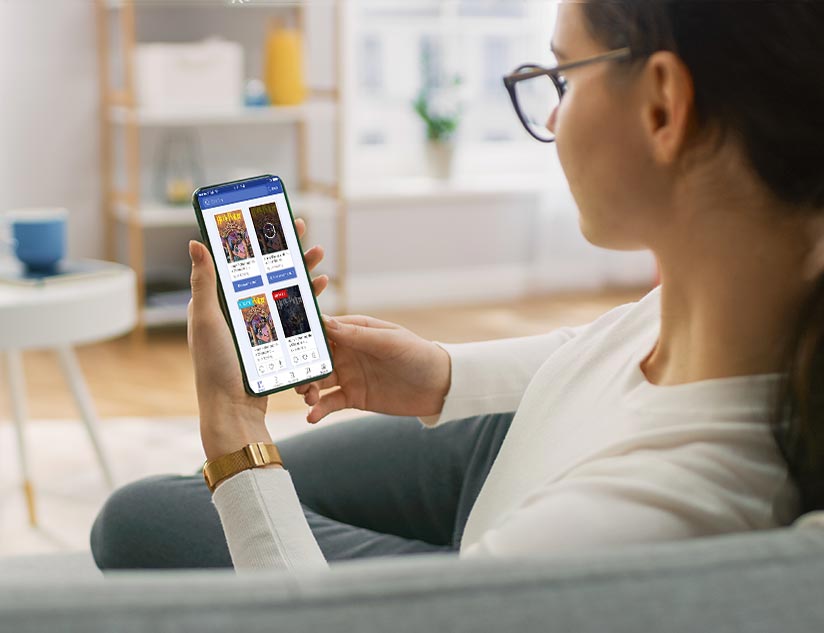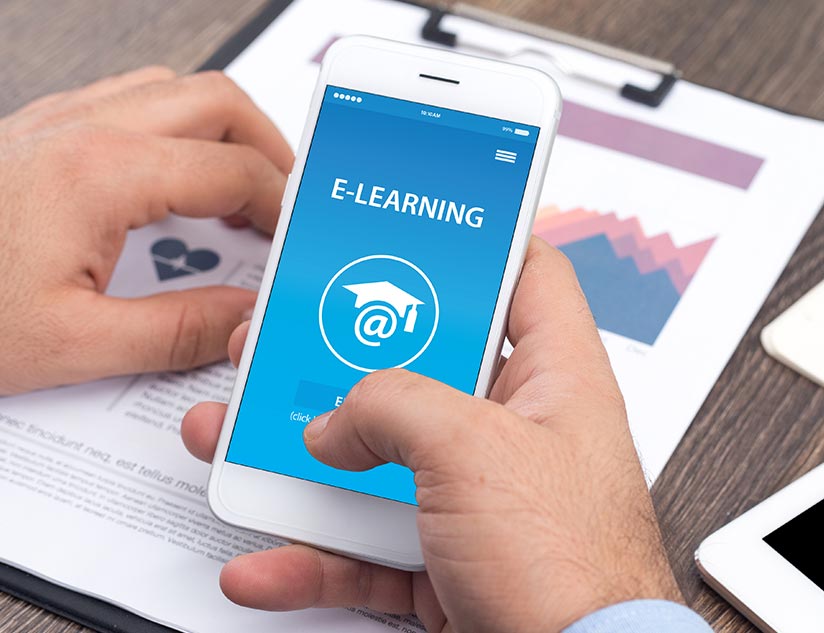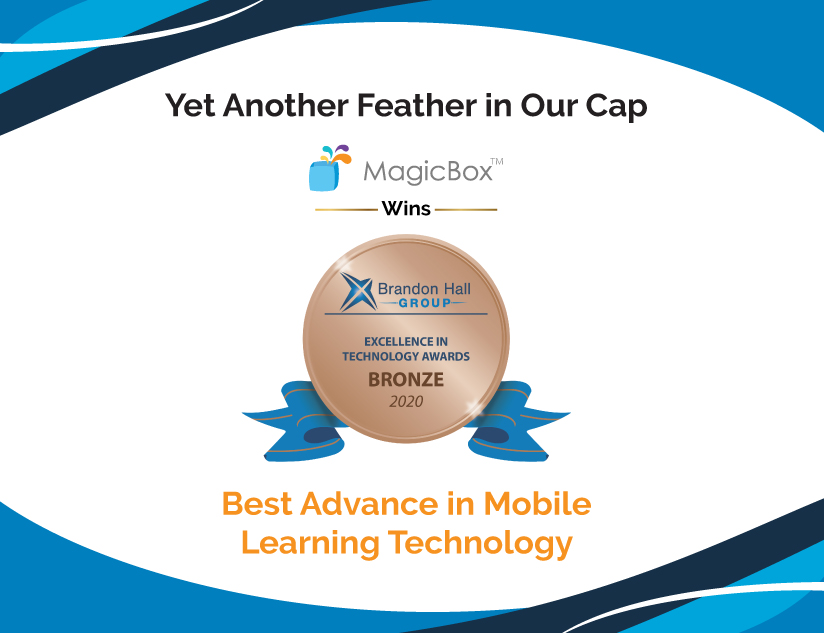6 best practices in mobile learning
January 17th, 2017
Mobile learning is taking the world by storm, whether it is being adopted in schools or corporate organizations. But getting it right is definitely a challenge, especially if you consider how numerous mobile apps fail to impress their audience in the long run. This may be due to inefficient design, insufficient functionality, absence of adequate marketing, and a lack of understanding about the needs and expectations of a mobile user. So what should you focus on while developing mobile learning courses or apps? Remember that your mobile learning solution must be interactive, informational and engaging as well, since people tend to have short attention spans while using their mobile devices. So take a look at these best practices to ensure the perfect experience for your users.
- Focus on the subject matter to create an effective mobile app. Often, a mobile device can best supplement basic learning rather than deliver all that the audience needs to know. So you can develop the app keeping this in mind.
- Convenient navigation is another major key to making your app successful. Avoid overcomplicated screens by putting in too many icons which lead to other browsers or apps.
- Make the app as interactive as possible to retain the user’s attention and interest. Ensure a balance between the amount of time spent on reading and interacting. Since videos are only viewable, they need to be highly engaging.
- Encourage both competitive and supportive learning. Competitive learning is often game-based and can keep the learner motivated to continue the course and explore new ideas. On the other hand, supportive learning nurtures a sense of learning with others and the feeling of being a part of the community.
- Using game approach as a part of learning can be very effective when the user wants to check his or her grasp on the subject in seconds. Games can be very entertaining as well as engaging, and deliver knowledge fast.
- Your course should definitely have specific goals and reward the learner for his or performance and development through scores and badges. Badges also indicate the time and effort that the students have put in to enhance their knowledge about a subject.
Besides the above best practices, it is also important to know how much time a particular mobile learning content piece should take. For instance, 2-minute learning is perfect for interactive knowledge checks and updates to the existing knowledge base. 5-minute learning is more suited for short educational videos, interactive learning games and game-based knowledge checks. High level interactive game-based learning, access to learning resources like the Wikipedia or YouTube and integration of social learning can take up to 10 minutes.
Companies like Magic Software can help you tremendously by creating customized mobile apps which address your objectives and engaging mobile-friendly educational content. And they will be able to incorporate the above-mentioned best practices in the most effective ways. So take mobile learning to a whole new level now.













